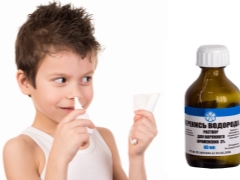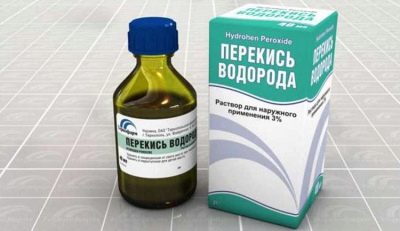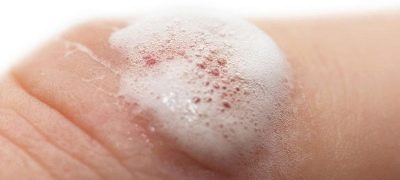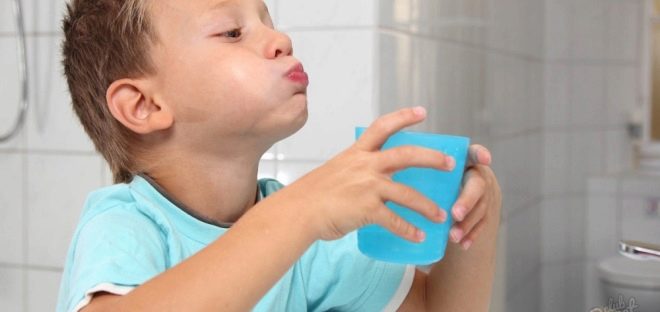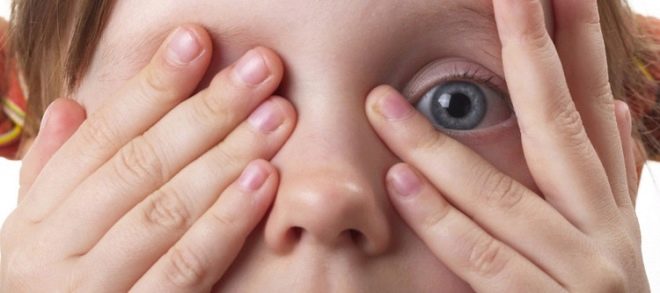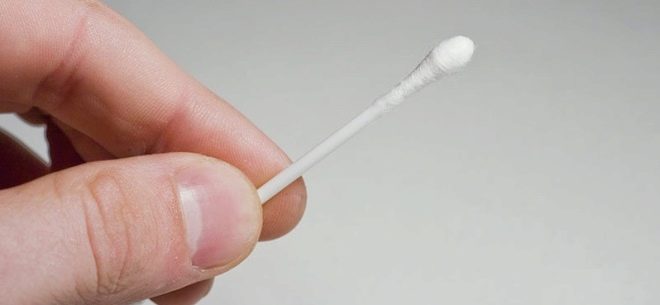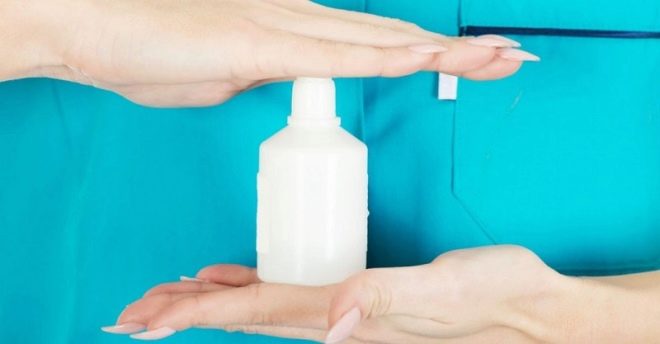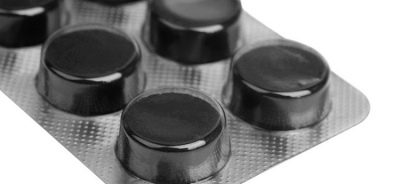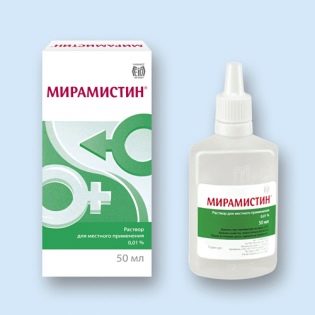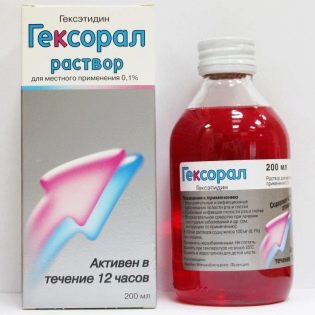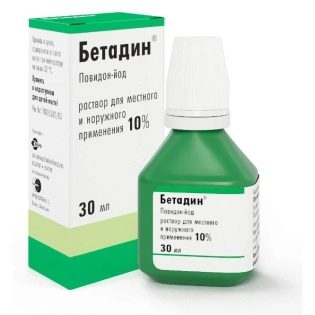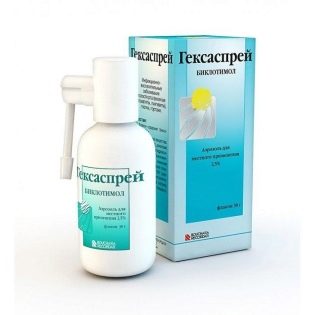Hydrogen peroxide in the treatment of children
Hydrogen peroxide has long been used for disinfection and bleaching. It is often bought for a home first aid kit, because it is an affordable antiseptic, which has a very wide range of applications. But is peroxide permitted in treating children and what precautions should be taken so that it does not harm the child?
Release form and composition
Hydrogen peroxide is a colorless transparent liquid without any odor, soluble in water and alcohol. It is produced by many pharmaceutical companies in the form of a 3% solution, placed in glass or plastic bottles in different volumes.
The main component of this solution is hydrogen peroxide (its chemical formula is H2O2). Its amount per 100 ml of liquid is 7.5-11 grams. As auxiliary ingredients, the product contains sodium benzoate and purified water.
Operating principle
Upon contact of hydrogen peroxide with the skin or mucous membrane, reactive oxygen forms begin to be released, and the surface is simultaneously mechanically cleaned. Treatment with this solution removes exudate, blood, protein molecules and other organic compounds, as well as microorganisms, from the damaged mucous or skin.
The resulting foam during the application of peroxide helps the appearance of blood clots in the capillaries, which stops or prevents bleeding from small vessels.
Professor Neumyvakin has been studying the effect of hydrogen peroxide on the human body in various diseases for a long time. He confirmed not only the antiseptic effect of this medicine, but also its properties. destroy bacteria, viruses and some fungi. According to his method nowadays such a drug is used to treat a cold, sinusitis, ear inflammation.
Indications
Hydrogen peroxide is used:
- for treating small superficial skin lesions (scratches, cuts, abrasions);
- to stop capillary bleeding from damaged skin, as well as nose bleeds;
- to clean the auditory canals of accumulated sulfur and congestion, as well as for the treatment of otitis externa;
- for treating bubbles in chickenpox to prevent them from becoming infected;
- for treating the oral mucosa with stomatitis or other injuries;
- for gargling with pharyngitis, sore throat or laryngitis.
From what age is prescribed?
Hydrogen peroxide treatment is allowed at any age, but for babies under 3 years old it is undesirable to drip such a solution into the ear or nose. If you need to enter the medication in the ear to such young patients, use turunda.
Contraindications
The drug is prohibited only if its individual intolerance. However, mucous membranes cannot be treated with undiluted solution. Besides, It is unacceptable to drip peroxide into the ear, if there is a puncture of the eardrum, as well as with internal otitis.
If a child has a pathology of the kidney, thyroid or liver, you should consult a doctor about the use of peroxide.
Side effects
The solution may occasionally cause an allergic reaction. When the drug comes in contact with mucous membranes, there is a tingling and burning sensation, and edema can also develop. If peroxide gets into your eyes, you should immediately wash them with copious amounts of water, then show the child to the doctor.
Instructions for use
For external treatment, hydrogen peroxide can be used undiluted (3% solution) or, after dilution with pure water, up to 1-2% solution. The drug is moistened with a gauze or cotton swab, and then rub the skin. You can also irrigate the wound surface directly from the bottle.
If a baby is given gargling, the peroxide is first diluted with boiled water, which should be warm. The recommended concentration of the solution to treat any mucous membrane is 0.25% (11 parts of water are added to 1 part of 3% solution).
Gargling with diluted hydrogen peroxide can be up to 4 times a day with an interval of at least three hours.
If peroxide is going to clean the ears, the solution is applied to a cotton swab (often the drug is diluted 1 to 1 with boiled water), which is inserted into the ear canal. After 5 minutes, the tampon is removed, and the ear is rubbed with a cotton swab or dry cotton wool.
In the presence of plugs, heated peroxide should be dripped into the ear in the amount prescribed by the doctor and leave for 10 minutes. Then turn the head and wipe off excess liquid. The procedure is carried out up to 6 times a day for several days, after which you need to go to the ENT doctor so that he removes the softened cork.
Washing the nose with hydrogen peroxide according to Neumyvakin involves instilling a few drops of diluted medication into each nasal passage and blowing it out after 5 minutes.
Additionally, the professor recommends peroxide rubbing the chest area, armpits, and arm folds. For this treatment, the solution is half diluted with warm water. After the manipulation, you should put on clean cotton clothes and ask them to lie down for a while.
Overdose
External use of peroxide can not lead to an overdose. A negative effect can be only if the solution gets inside.
Terms of sale and storage
Hydrogen peroxide is an over-the-counter medicine and is sold in all pharmacies. Its price depends on the volume of the solution in the bottle and the manufacturer, but it is low.
The peroxide shelf life is usually 2 years from the production date. The optimal storage temperature of the drug is not higher than +25 degrees.
Since the solution is clear and without a strong odor, which makes it look like water, it is very important to keep the peroxide where it will not be accessible to children.
What to do if the child drank the drug:
- seek medical attention immediately;
- give the child a lot of drinking;
- provoke vomiting, so that swallowed medicine leaves the stomach;
- give the kid a sorbent, for example, several tablets of activated carbon.
Reviews
Most parents and doctors speak positively of hydrogen peroxide, calling it an effective antiseptic. He is praised for availability and low cost, good hemostatic properties, help in cleansing wounds due to the formation of foam.
Popular doctor Komarovsky also considers hydrogen peroxide to be a good antiseptic and advises with various shallow skin injuries, as well as in the form of a 1% solution for rinsing the throat and mouth. However, he does not recommend unconventional use of such a drug (ingestion, instillation into the nose or ear), arguing that there is no scientific justification for the effectiveness of this use of peroxide, and experiments with their children can lead to bad consequences.
A negative reaction to peroxide is extremely rare. The lack of medication is considered only unpleasant sensations when it comes into contact with the skin.
Analogs
Other antiseptics can replace peroxide, for example:
- Miramistin. Such a drug is similar to hydrogen peroxide in that it is also a colorless, odorless liquid, and when shaken, the solution foams. It can be used in children of any age, treating damaged skin or infected mucosa.The drug is in demand in dentistry, ENT practice, surgery and other areas of medicine.
- Hexoral. Such a solution or aerosol contains hexethidine and is used for infections of the oropharynx in children older than three years. His counterparts are Stopangin, Maxicold ENT and Stomatidine.
- Betadine. The effect of this solution provides povidone-iodine, which is also the main component of the preparations Iodine-Ka, Iodoxide, Iodovidone and some others. These tools are used in the treatment of wounds, burns, infected skin and other problems. Betadine is allowed for children older than 1 month.
- Hexasprey. The basis of this aerosol is an antiseptic substance called biclotymol. The drug is prescribed to children older than 6 years with angina, glossitis, stomatitis and other infections in the area of the mouth and throat.
